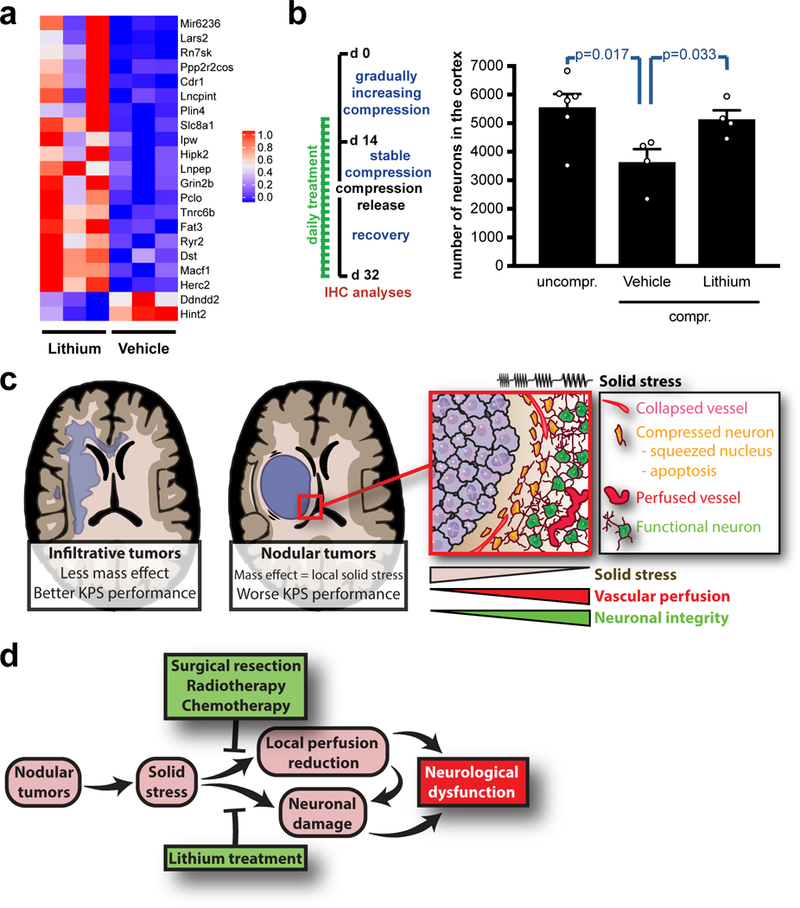Fig. 8. Solid stress from nodular brain tumors compresses the surrounding brain tissue, thus causing neurological dysfunction.

(a) Heatmap illustrating normalized gene expression of differentially expressed genes (FDR<0.05) from RNA-Seq analysis of compressed/released cortexes under chronic lithium treatment. (b) Quantification of the NeuN+ neurons in the cortexes, compressed and released lithium-treated with treatment start when compression and symptoms were already present. Data are mean ± s.e.m. (c) Schematic summarizing the effects of nodular tumors and their resulting solid stress on the surrounding brain tissue. The focus of the manuscript is on nodular tumors and the effects of solid stress on the surrounding tissue, while infiltrative tumors appeared to exert lower solid stress to the brain. (d) Schematic summarizing the causes, modifiers and consequences of solid stress from nodular tumors.
